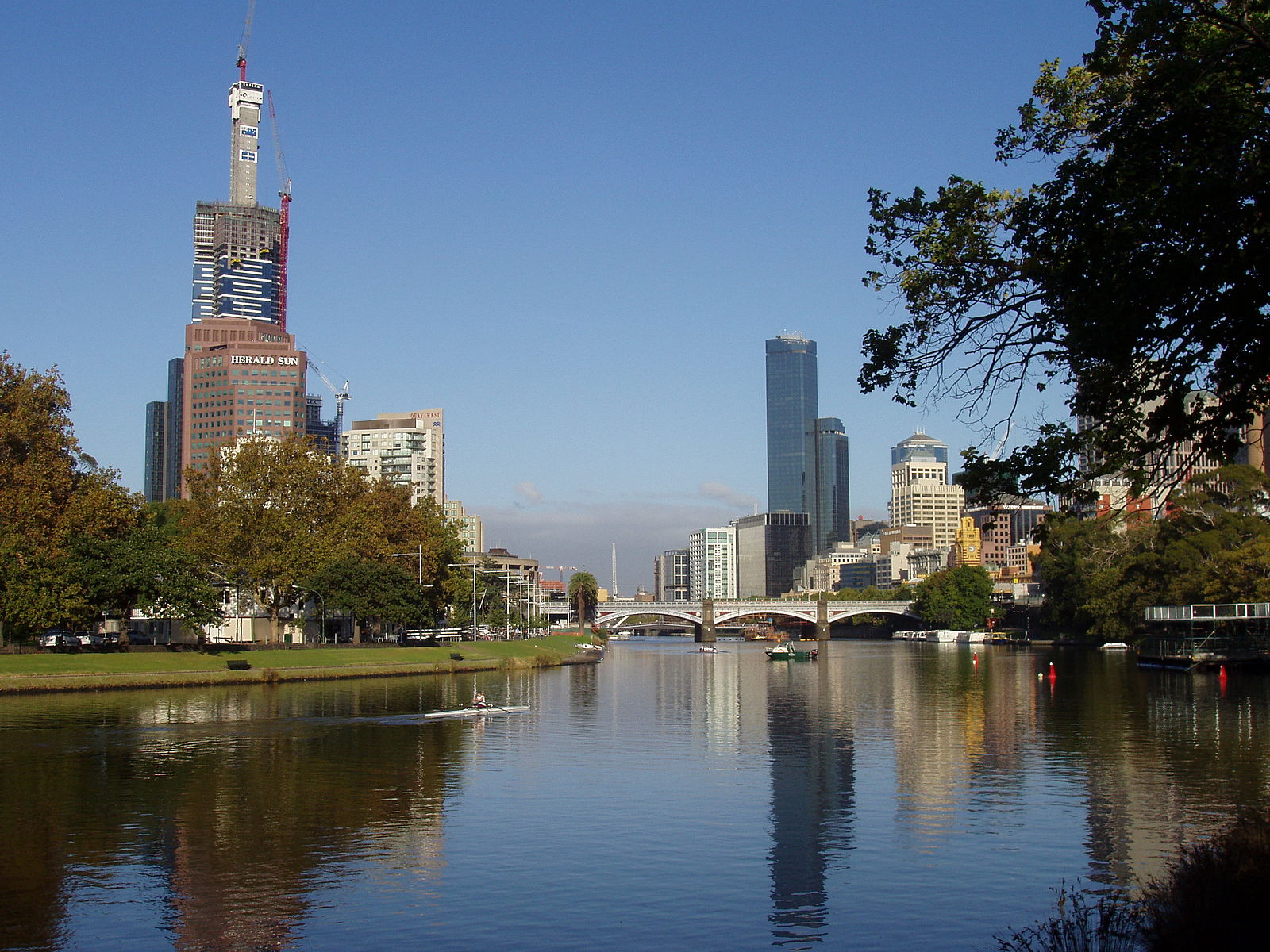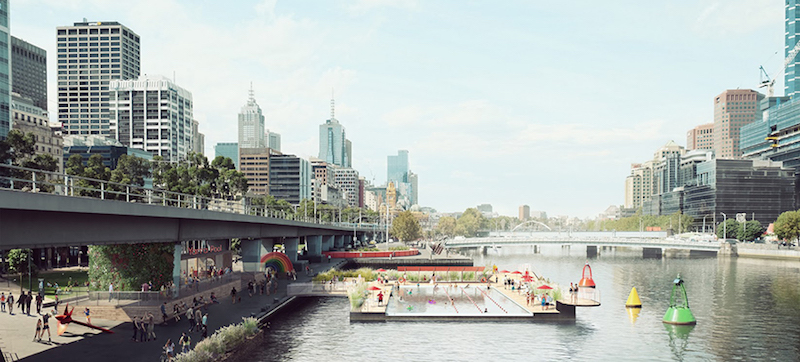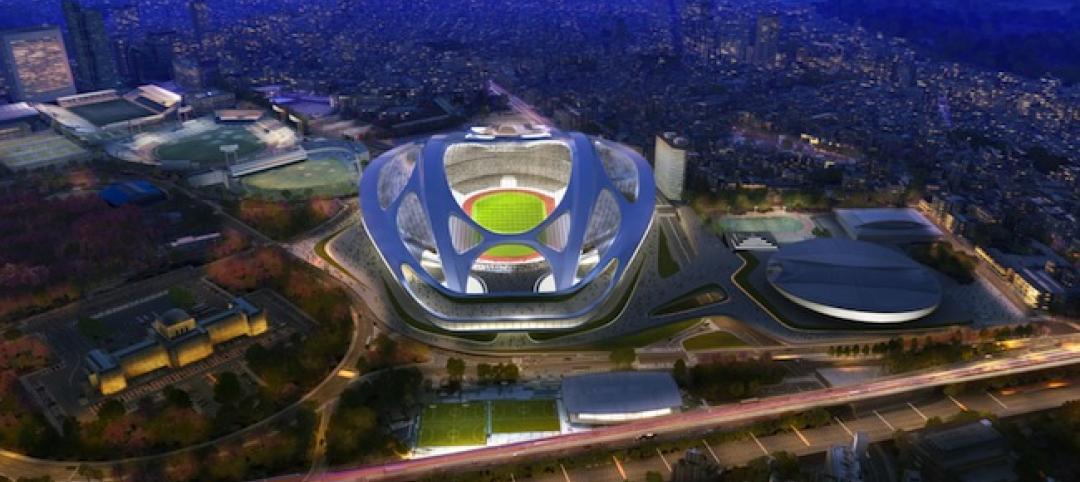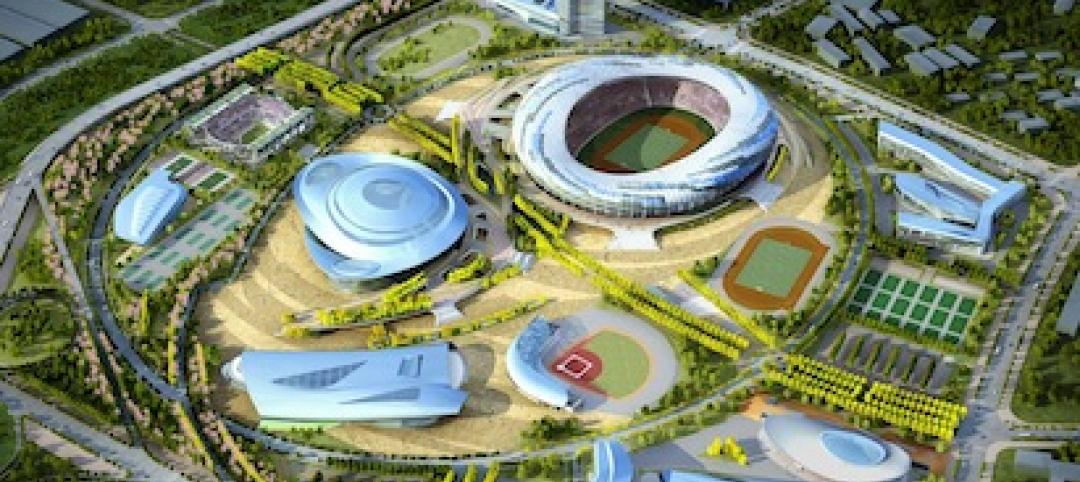Rivers are often times the more utilitarian of the different types of bodies of water. Oceans and lakes are thought of as fun places to partake in water sports, go for a swim, or just relax on their sandy beaches, and ponds are seen as serene and relaxing spots to go fishing or to sit back and enjoy the wildlife. Meanwhile, rivers are often viewed as the highways of the water world; they are connectors and pathways to something bigger and better. Boats and barges travel up and down them as they make their way to or from an ocean or lake leading to heavy traffic and plenty of pollution.
Sure, maybe we walk along riverwalks or enjoy lunch on an outdoor patio where the rushing water can be heard, but, thanks to the heavy water traffic and pollution, rivers are often only enjoyed as ambiance, not as a place to actually take a dip and cool down on a hot summer day.
Some cities, however, are trying to return these heavily polluted and trafficked rivers back into swimmable destinations for the enjoyment of locals and visitors alike. New York has a proposed floating pool for one of its rivers and river pools already exist in cities like Zurich, Berlin, and Paris, and now, the Yarra River in Melbourne, Australia is looking to join this list.
According to inhabitat.com, the non-profit organization Yarra Swim Co. is looking to make the heavily polluted Yarra River swimmable once more. One of the first major steps they are taking to achieve this goal is to work with Arup to develop a Yarra River pool. While, technically, swimming in the pool wouldn’t be the same thing as swimming in the Yarra, it would be the first step in bringing swimming back to the waterway.
The plans call for a self-contained pool that floats in the Yarra River, however, Arup and Yarra Swim Co. are looking into ways to filter and clean the surrounding water so that it can be used to supply the water in the pool, which is kind of like swimming in the river itself, right? Currently, Arup says there is a patent pending for this type of technology.
Yarra Swim Co. hopes the pool will help to change public opinion about the polluted waterway and be the push needed to rally people around the idea of cleaning the river for good. Ultimately, Yarra Swim Co. hopes the river can be cleaned thoroughly enough so the race to Prince's Bridge, which was once one of the largest swimming competitions in the world, can once again be held.
Funds to build the pool, which, in Australian dollars would cost around $6 and $8 million, may be raised through a combination of crowdfunding, sponsorships, and grants. If all goes according to plan, the pool could be open to the public by 2019 or 2020.
So while people may not be swimming in the Yarra anytime in the near future (at least, not without imbibing in a few rounds of liquid courage first), the pool, especially if the patent pending technology works, could be the first step in the overall process of making the Yarra River swimmable once again.

Related Stories
| Jun 12, 2014
Austrian university develops 'inflatable' concrete dome method
Constructing a concrete dome is a costly process, but this may change soon. A team from the Vienna University of Technology has developed a method that allows concrete domes to form with the use of air and steel cables instead of expensive, timber supporting structures.
| Jun 11, 2014
Esri’s interactive guide to 2014 World Cup Stadiums
California-based Esri, a supplier of GIS software, created a nifty interactive map that gives viewers a satellite perspective of Brazil’s many new stadiums.
| Jun 4, 2014
Construction team named for Atlanta Braves ballpark
A joint venture between Barton Malow, Brasfield & Gorrie, Mortenson Construction, and New South Construction will build the Atlanta Braves ballpark, which is scheduled to open in early 2017. Check out the latest renderings of the plan.
| Jun 2, 2014
Parking structures group launches LEED-type program for parking garages
The Green Parking Council, an affiliate of the International Parking Institute, has launched the Green Garage Certification program, the parking industry equivalent of LEED certification.
| May 29, 2014
7 cost-effective ways to make U.S. infrastructure more resilient
Moving critical elements to higher ground and designing for longer lifespans are just some of the ways cities and governments can make infrastructure more resilient to natural disasters and climate change, writes Richard Cavallaro, President of Skanska USA Civil.
| May 22, 2014
Just two years after opening, $60 million high school stadium will close for repairs
The 18,000-seat Eagle Stadium in Allen, Texas, opened in 2012 to much fanfare. But cracks recently began to appear throughout the structure, causing to the school district to close the facility.
| May 20, 2014
Kinetic Architecture: New book explores innovations in active façades
The book, co-authored by Arup's Russell Fortmeyer, illustrates the various ways architects, consultants, and engineers approach energy and comfort by manipulating air, water, and light through the layers of passive and active building envelope systems.
| May 19, 2014
What can architects learn from nature’s 3.8 billion years of experience?
In a new report, HOK and Biomimicry 3.8 partnered to study how lessons from the temperate broadleaf forest biome, which houses many of the world’s largest population centers, can inform the design of the built environment.
| May 16, 2014
Toyo Ito leads petition to scrap Zaha Hadid's 2020 Olympic Stadium project
Ito and other Japanese architects cite excessive costs, massive size, and the project's potentially negative impact on surrounding public spaces as reasons for nixing Hadid's plan.
| May 13, 2014
First look: Nadel's $1.5 billion Dalian, China, Sports Center
In addition to five major sports venues, the Dalian Sports Center includes a 30-story, 440-room, 5-star Kempinski full-service hotel and conference center and a 40,500-square-meter athletes’ training facility and office building.

















